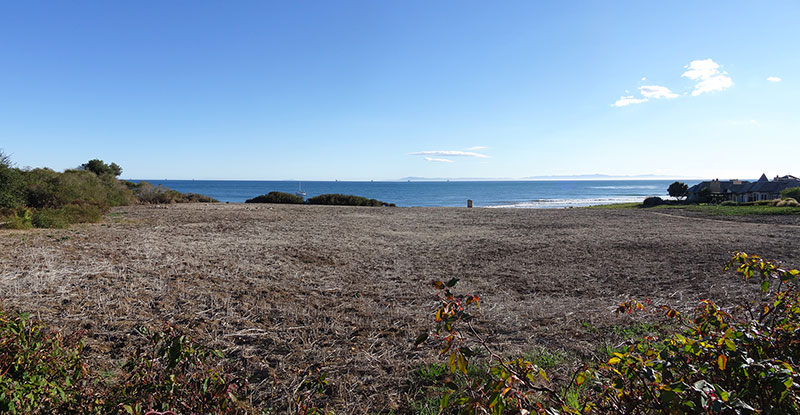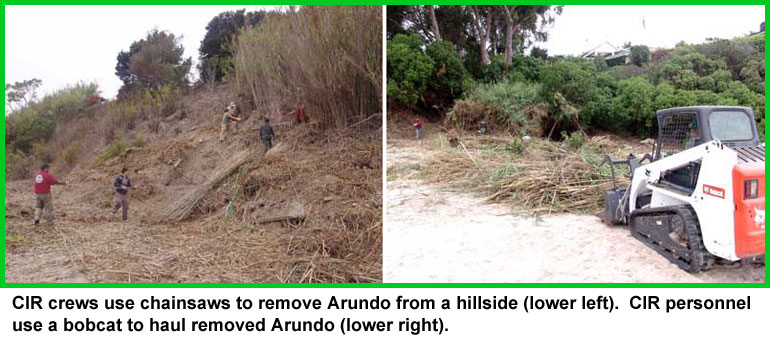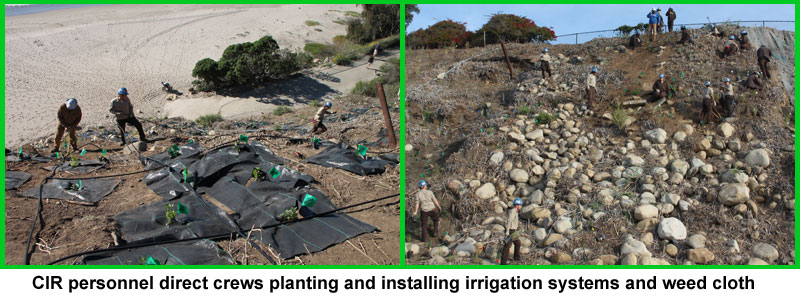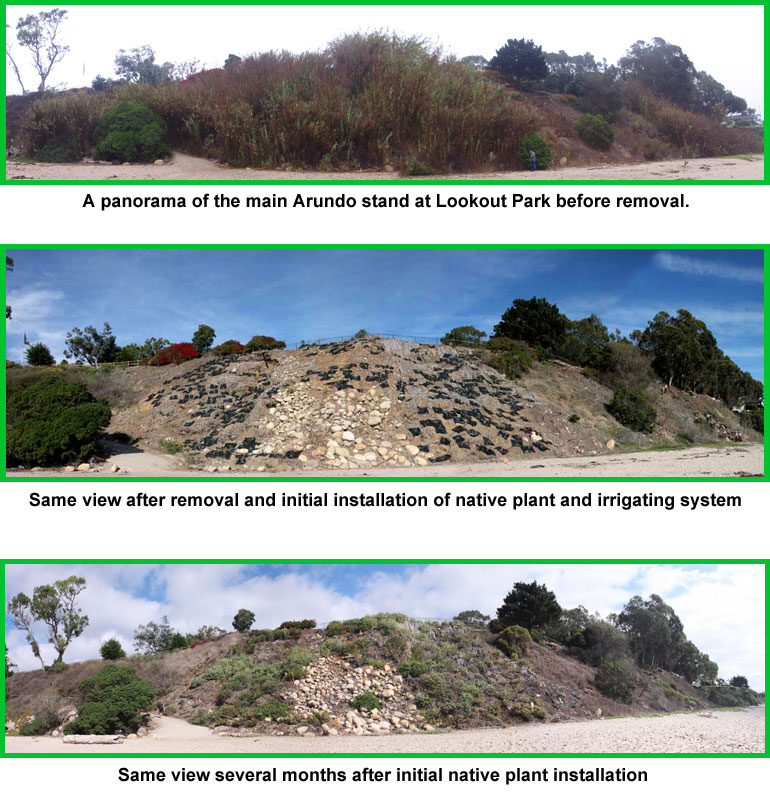
Channel Islands Restoration
Mainland Projects
Mainland Projects
CIR has vast experience with invasive plant removal and revegetation projects on the
mainland from Orcutt to San Pedro. We provide a partial list of our mainland projects below,
but we add new projects faster than we can add them to our web page!
Click on a map to see projects for that region
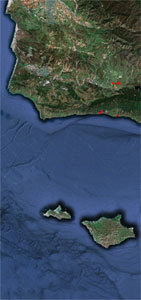




Click on a map to see project for that region
Hammond's Meadow
Open Space
CIR is working with many project partners to restore the native coastal habitat of the
Hammond's Meadow Open Space, once the locations of the Chumash village Shalawa.
Visit the Hammond's
Meadow Project web page for more information.
CIR is working under contract with the Santa Ynez Band of Chumash
Indians to eradicate multiple large stands of Arundo donax
in a tributary of the Santa Ynez River. This work is taking
place on the Chumash reservation in the Santa Ynez Valley. CIR
worked closely with Chumash fire crews to cut and remove the
Arundo while preserving the native flora in this sensitive and
unique natural area. Chumash and CIR environmental staff
continue to monitor the Arundo eradication.

CIR worked in partnership with the Santa Barbara
County Agricultural Commissioner's office to eradicate an infestation of
punagrass (Acnatherum brachychaetum) located on a horse ranch
on Happy Canyon Road in Santa Ynez. Puna grass is an "A" rated
noxious weed and is a tough, spikey bunchgrass that interferes with harvest
machinery, and horses and cattle find unpalatable.
Starting the in the fall of 2006, Channel Islands Restoration began removing Arundo donax from Refugio Creek west of the
City of Goleta in Santa Barbara County. CIR is worked on this restoration project in cooperation with The Land Trust of Santa Barbara County, the
Cachuma Resource Conservation District and the Santa Barbara County Flood Control District.
The project involved:
- Removing more than 100 separate patches, on 4 acres, of Arundo donax, as well as several smaller areas of other invasive plant species detrimental to the wildlife ecology of Refugio Creek.
- Stabilizing the creek bank on over one mile of Refugio Creek to reduce the chances of large-scale bank failure, future sediment deposition into the creek, and bank-cutting that undermines riparian vegetation and habitat values and threatens high-quality orchard land.
- Re-establishing native riparian habitat on 17,000 square feet along the creek corridor by planting more than 3000 trees, shrubs and herbaceous annuals. These plantings stabilized the creek banks, created shade to cool and conserve water in the creek, and provide excellent habitat for a wide array of local wildlife.
- Conducting three years of post-installation monitoring, re-treatment to ensure a successful outcome.
- Demonstrating a model for collaboration among private agricultural landowners, government agencies and non-governmental organizations to address watershed enhancement on the Gaviota Coast.
CIR is worked with the County of Santa Barbara Agricultural Commissioner's office to eradicate artichoke thistle (Cynara cardunculus) on the
Gaviota Coast. Artichoke thistle is a difficult to remove invasive weed that is very destructive to native habitat.
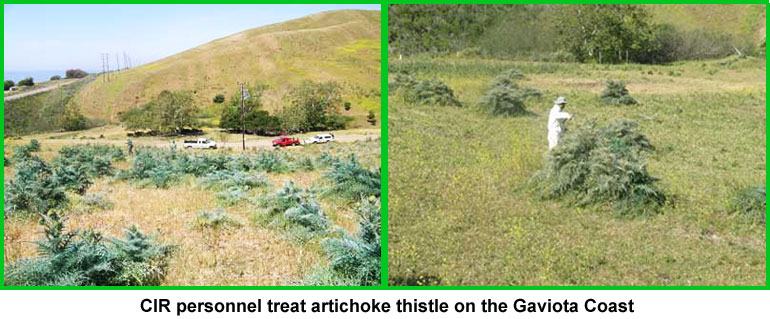
CIR has performed extensive invasive plant removal projects for the Land Trust of Santa Barbara County on the Arroyo Hondo Preserve on the
Gaviota Coast. Our work at the reserve takes place in close proximity to several listed/threatened/endangered species including southern
steelhead trout, red-legged frogs and tidewater goby. CIR is trusted to perform careful and professional work in highly sensitive habitats
at Arroyo Hondo. For more than 10 years CIR has worked at the reserve to removing invasive trees, periwinkle (Vinca major) and
onion weed(Asphodelus fistulosus).
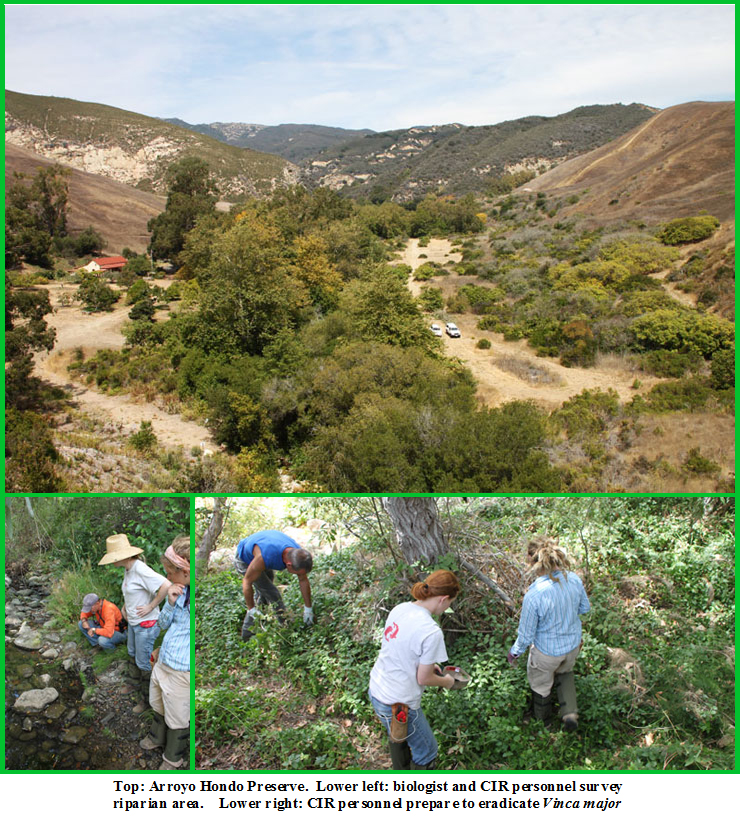
CIR is working with the Santa Barbara Zoo and the City of Santa Barbara to restore a section of the Andree Clark Bird Refuge on zoo
property. Operating under funding from the Southern California Wetlands Recovery Project, CIR has removed over 100 invasive
Myoporum trees, plus cape ivy (Delairea odorata) and many other invasive species. We have planted several hundred
native species at the restoration site with the help of over 250 volunteers!

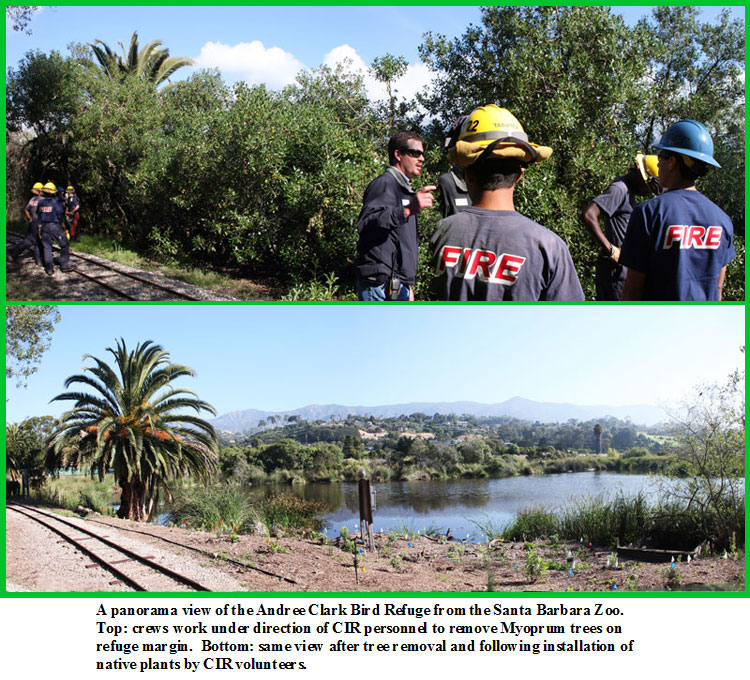
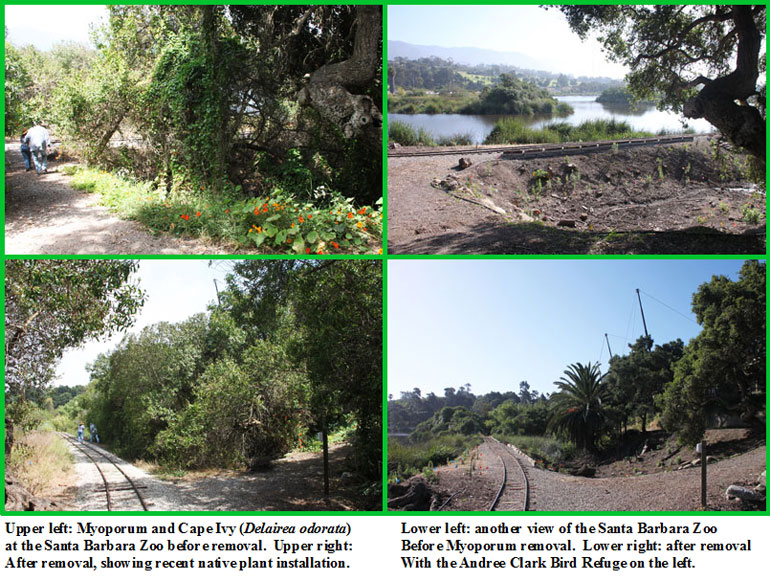
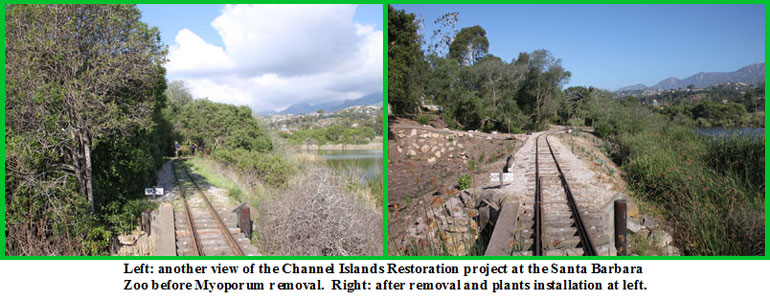
Working under contract for the County of Santa Barbara Agricultural Commissioner's Office, CIR has treated many stands of
Arundo donax in Hidden Valley Park along the Arroyo Burro Creek in Santa Barbara.
Working with the County of Santa Barbara, Channel Islands Restoration supervised the removal of giant reed (Arundo donax) from a
two-mile stretch of Carpinteria Creek. Since 2005, CIR removed 42 tons of Arundo from the creek.
Carpinteria Creek offers great potential for steelhead trout recovery. Unlike many other South Coast streams, its channel still runs freely under open spans (rather than through culverts). The upper reaches of the creek contain great fish habitat, and water flows year round through the urban reach of the creek. Along much of the creek, there is a tall native tree canopy that maintains the cool water that steelhead require. Because of these features, Carpinteria Creek may offer the best opportunity among all the urban streams in southern Santa Barbara County for restoring significant steelhead runs in the next few years.
The creek is under threat from non-native, invasive plants like Arundo donax.Arundo is an extremely fast-growing plant resembling bamboo. It can grow four inches a day, and up to 30 feet tall. It prefers moist conditions, and usually grows along streams and ditches. Today Arundo is aggressively invading our streams. It spreads quickly, even into thickly vegetated areas, and crowds out native plants.
Arundo affects riparian systems by growing aggressively into monocultural stands, displacing entirely the native riparian vegetation. Arundo chokes stream channels and creates debris dams that cause increased bank erosion and clogging of road culverts, impeding fish travel during storm flows. The high, straight stalks of Arundo provide little shade to the creek environment, while consuming large amounts of water compared to native plant species. Arundo has little or no value as food for local wildlife, or as nesting/roosting sites.
Carpinteria Creek offers great potential for steelhead trout recovery. Unlike many other South Coast streams, its channel still runs freely under open spans (rather than through culverts). The upper reaches of the creek contain great fish habitat, and water flows year round through the urban reach of the creek. Along much of the creek, there is a tall native tree canopy that maintains the cool water that steelhead require. Because of these features, Carpinteria Creek may offer the best opportunity among all the urban streams in southern Santa Barbara County for restoring significant steelhead runs in the next few years.
The creek is under threat from non-native, invasive plants like Arundo donax.Arundo is an extremely fast-growing plant resembling bamboo. It can grow four inches a day, and up to 30 feet tall. It prefers moist conditions, and usually grows along streams and ditches. Today Arundo is aggressively invading our streams. It spreads quickly, even into thickly vegetated areas, and crowds out native plants.
Arundo affects riparian systems by growing aggressively into monocultural stands, displacing entirely the native riparian vegetation. Arundo chokes stream channels and creates debris dams that cause increased bank erosion and clogging of road culverts, impeding fish travel during storm flows. The high, straight stalks of Arundo provide little shade to the creek environment, while consuming large amounts of water compared to native plant species. Arundo has little or no value as food for local wildlife, or as nesting/roosting sites.
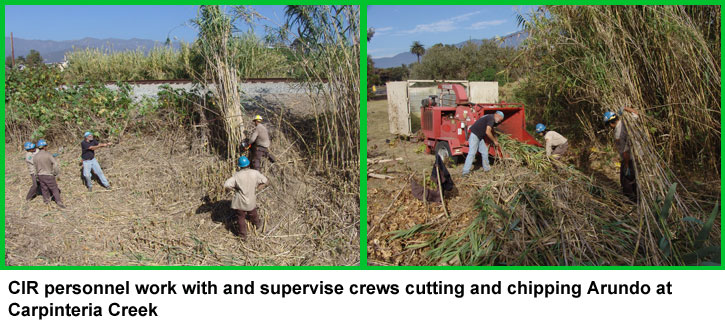
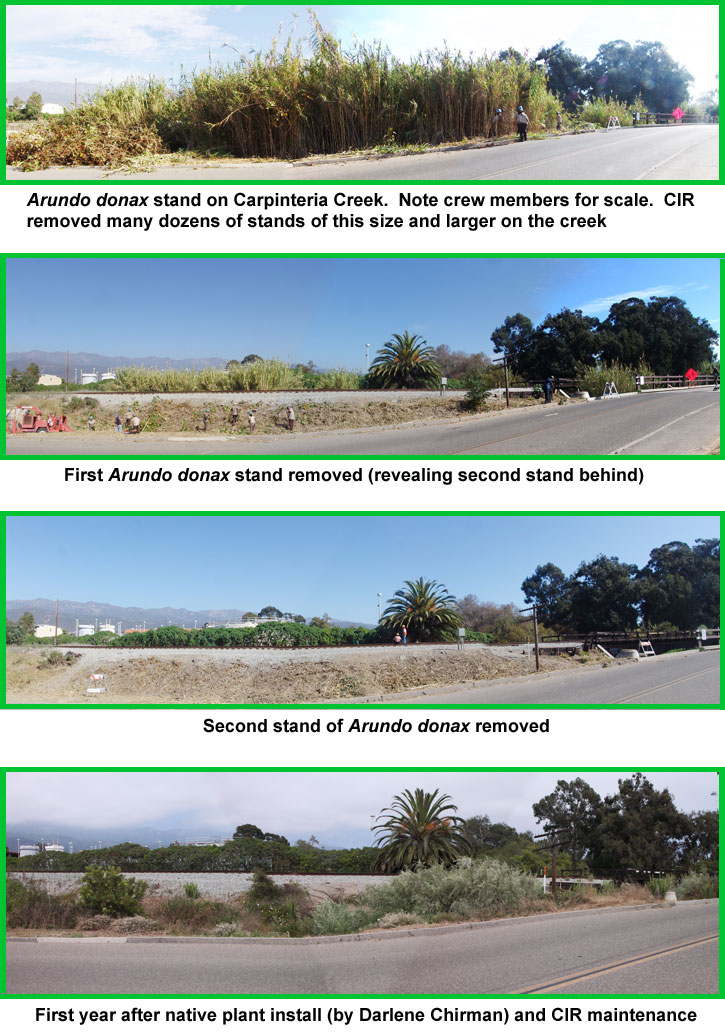
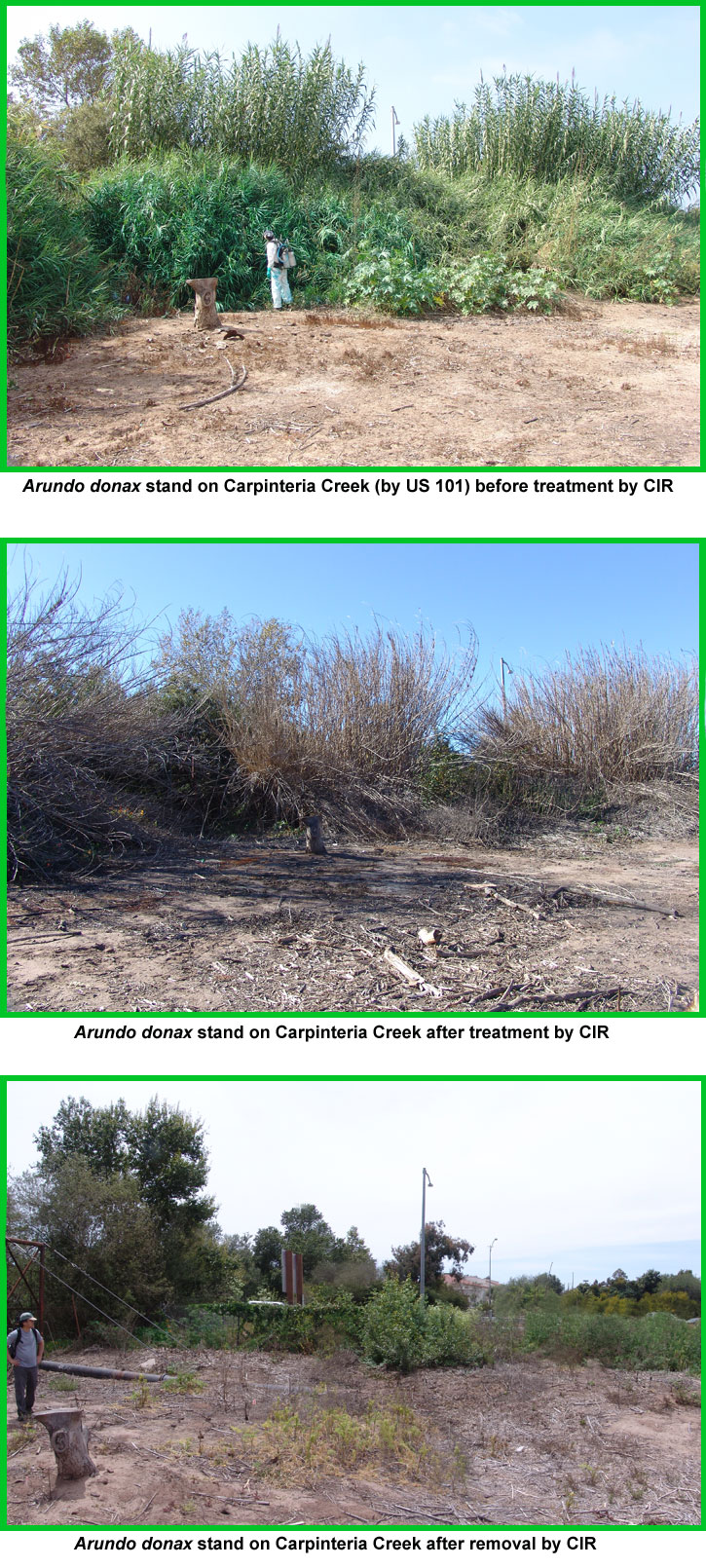
Visit the Carpinteria Creek Coalition web page for more information on the creek.
Carpinteria State Beach
Iceplant Removal and Native Plant Revegetation Project
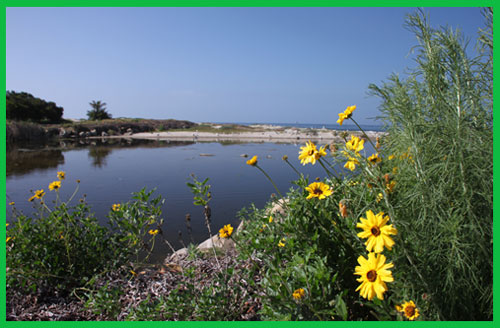
CIR is working in partnership with South Coast Habitat Restoration,
Carpinteria State Beach and the Carpinteria Creek Coalition (with
funding provided by the Southern California Wetland Recovery Project) on
a innovative project to remove iceplant at the foot of Carpinteria Creek
at the State Beach. CIR staff and volunteers first "solarized" the
iceplant (eradicated it by placing sheets of black plastic over the
iceplant thereby heating it and depriving it of light). While
leaving the dead iceplant in place, CIR staff and volunteers installed
nearly 2000 native plants after the plastic was removed.
This technique allows for the eradication of the iceplant without the use of herbicides, and leaving the dead iceplant in place prevents erosion (hand-removal of the iceplant would destabilize the soil and possiblely cause erosion). The dead iceplent aslo acts as a mulch, helping to control weeds, while keeping soil moisture high around the installed native plants.
The sites was a bit challenging since the iceplant was growing on a steep banks, that were several hundred feet long, mostly comprising sand and rock. Despite the challenges, all of the iceplant was eradicated and at least 90% of the installed plants survived.
This technique allows for the eradication of the iceplant without the use of herbicides, and leaving the dead iceplant in place prevents erosion (hand-removal of the iceplant would destabilize the soil and possiblely cause erosion). The dead iceplent aslo acts as a mulch, helping to control weeds, while keeping soil moisture high around the installed native plants.
The sites was a bit challenging since the iceplant was growing on a steep banks, that were several hundred feet long, mostly comprising sand and rock. Despite the challenges, all of the iceplant was eradicated and at least 90% of the installed plants survived.
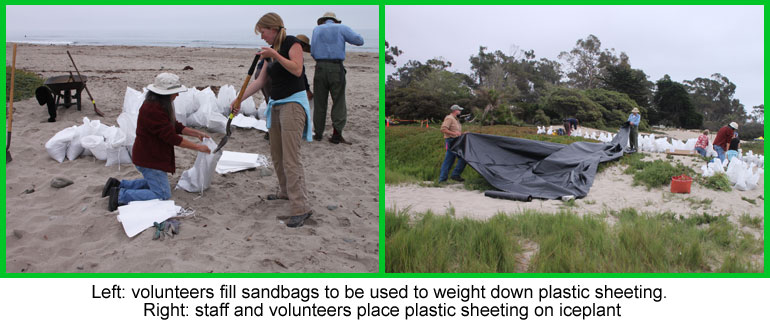
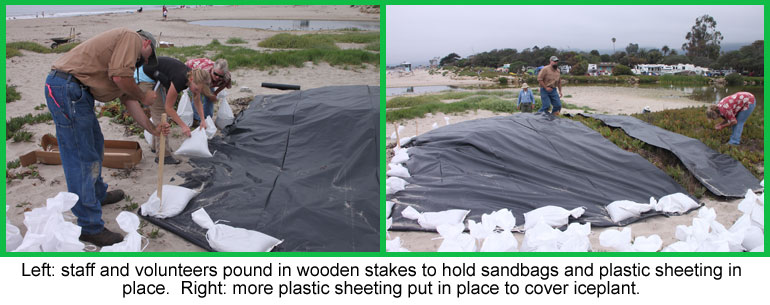
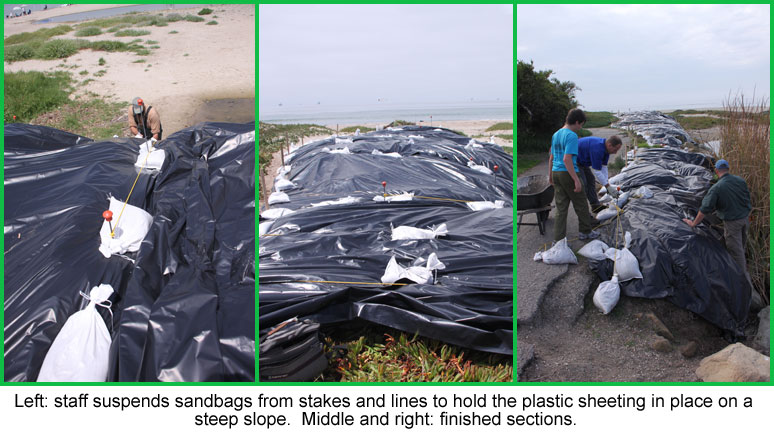
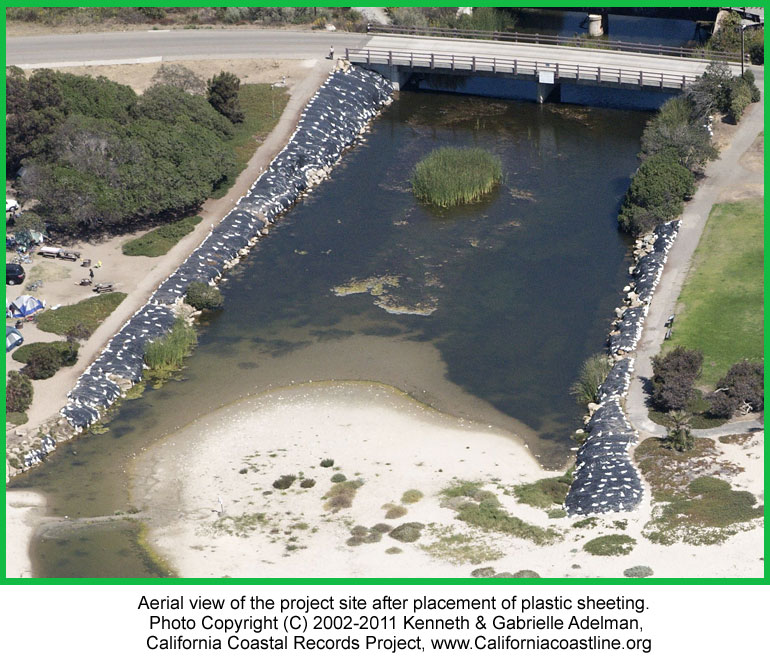
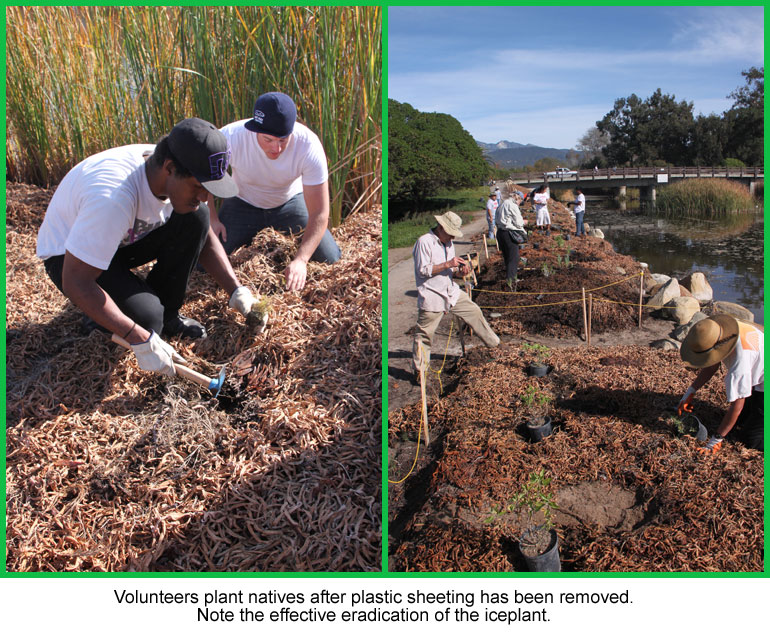
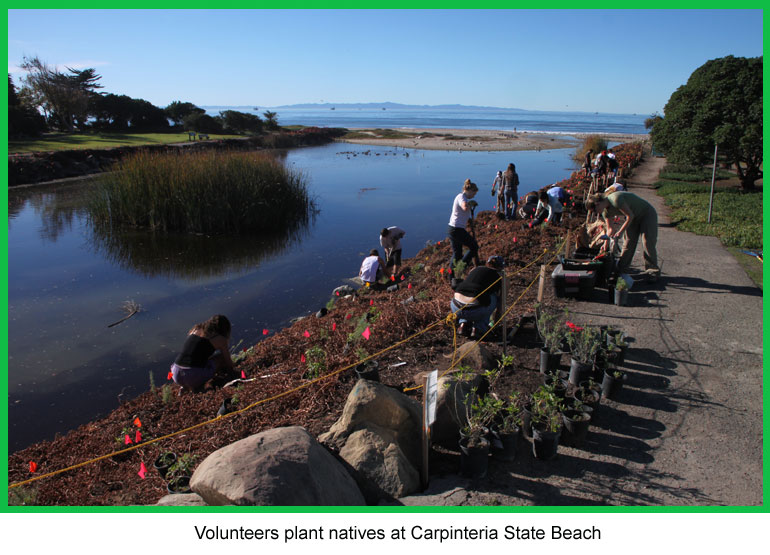
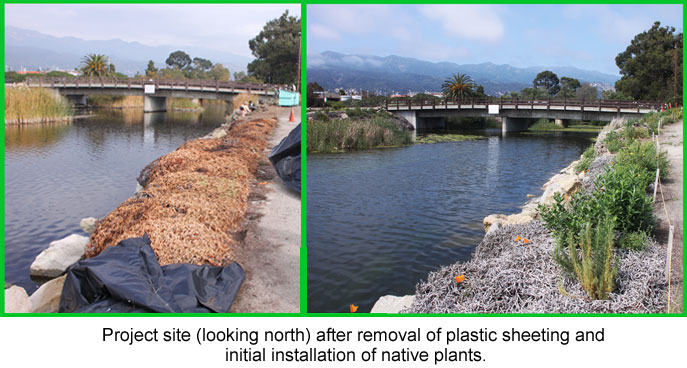
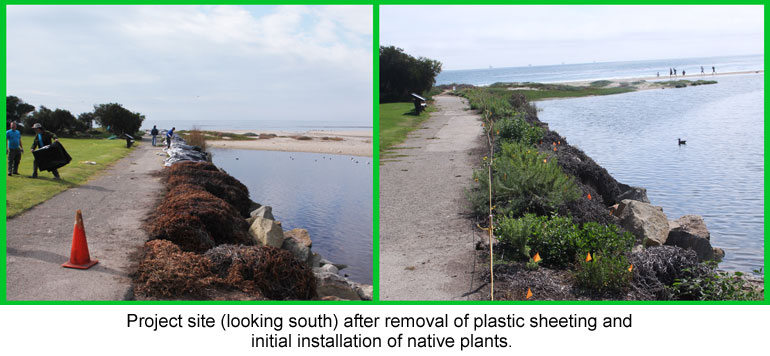
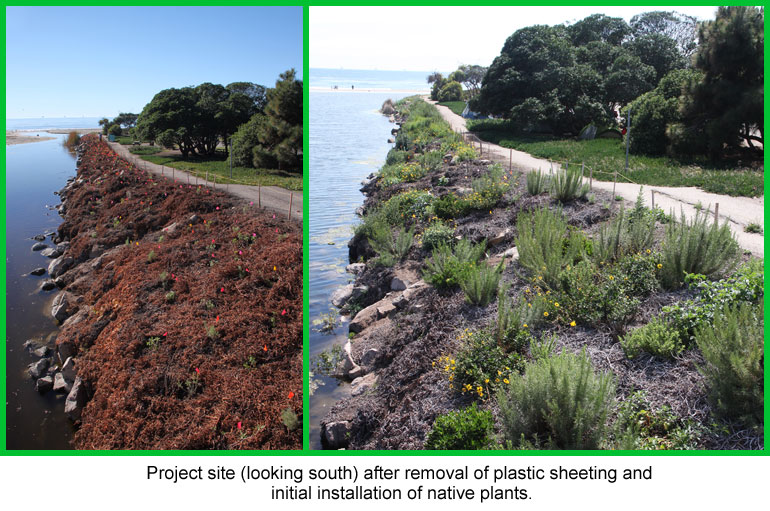
CIR has a long association with the Coal Oil Point Reserve on the Goleta Coast. Part of the University of California Natural Reserve System,
Coal Oil Point Reserve is administered by the University of California. CIR has conducted dozens of important and extensive invasive tree and
shrub removal projects on the reserve over the last decade.
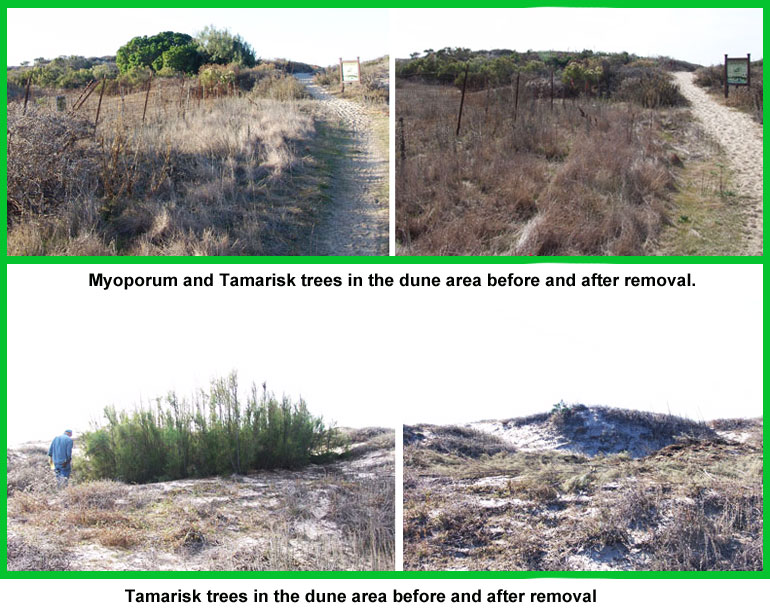
CIR has treated Pampas grass in Elings Park in Santa Barbara. Much of this work has occurred in very rugged terrain, and the plants were growing
directly with native coastal sage scrub plants.
Starting in late 2009, CIR began restoring sites along Los Carneros in Goleta. Under funding from the Goleta Valley Land Trust, the project
involved removal of key invasive plant species from the perimeter of the Lake followed by re-vegetation of the area with native plants. More
than 350 volunteers have helped with this project so far. The project emphasizes community involvement and education, and enhances important
bird habitat and directly benefits Santa Barbara honeysuckle (a species of special concern.) We are proud to be working closely with the
City of Goleta on this project.
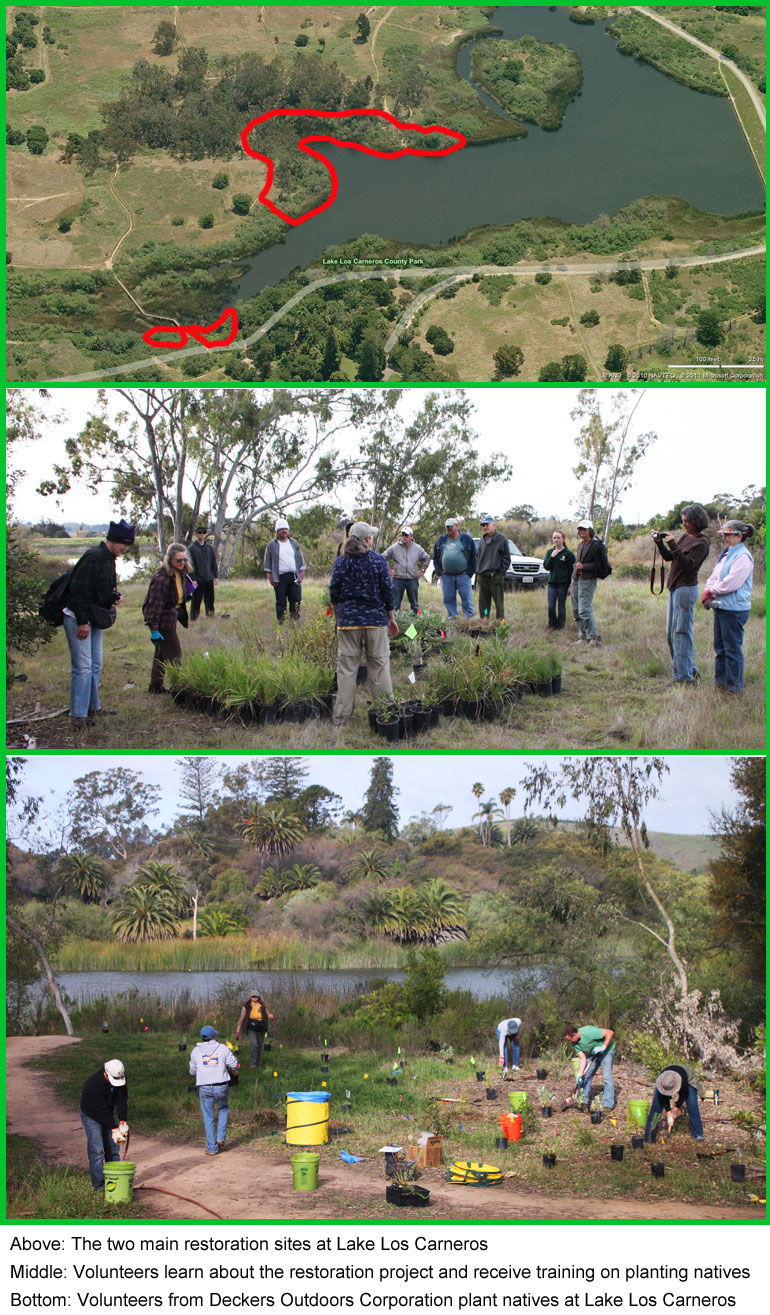
CIR treated Arundo donax on private property in rugged terrain in Mission Canyon near the Santa Barbara Botanic Garden.
CIR has removed multiple large stands of Arundo donax under contract with the Montecito Fire Department at various locations along creeks in
Montecito.
CIR has worked under contract with the Santa Barbara County Agricultural Commissioner's office to eradicate Papas grass (Cortaderia
selloana) and Russian knappweed (Centaurea repens) at various locations on More Mesa in Goleta.
CIR has worked under contract with the City of Santa Barbara Parks Department to remove several invasive species in Parma Park. Our work
has involved careful invasive eradication in native plant communities.
Since 2010, Channel Islands Restoration (CIR) in partnership with the San Marcos Foothills Coalition (SMFC) has restored habitat for native animals in several critical areas on the Preserve. Financial support for these projects came from the SMFC, the Goleta Valley Land Trust and outdoor retailers, REI and Patagonia. These projects were designed to improve the native plant communities that support species such as burrowing owls, breeding grasshopper sparrows, breeding white-tailed kites, raptors, and other native animals.
Two of the larger projects were designed to increase biodiversity and ecological function on approximately three acres of burned riparian and coastal sage scrub habitat adjacent to Atascadero and Cieneguitas Creeks. Long-term grazing in these areas favored the growth of non-native and invasive plants, and the area was damaged by the Jesusita Fire in 2009.
Following the fire, both sites saw a marked increase in the presence of non-native invasive plants. CIR started by removing invasive plant species with the help of hundreds of volunteers, and and this was followed by the planting of more than 4,700 native plants grown from locally collected seed.
In addition to the creekside projects, CIR has been removing invasive plants along trails, particularly in native grassland areas and wetlands. We have also planted natives at the Preserves' Via Gaitero entrance.
As of this writing (August 2015) CIR has worked with a total 1,319 volunteers on the San Marcos Foothills Preserve!
At Atascadero Creek, CIR staff and volunteers installed a total of 2,875 native plants at the site beginning in 2011. Since the initial plant installation, we planted more natives (mostly grasses) and have removed weeds from the site every year through 2015. Funding for this project was provided by the Goleta Valley Land Trust and by the San Marcos Foothills Coalition.
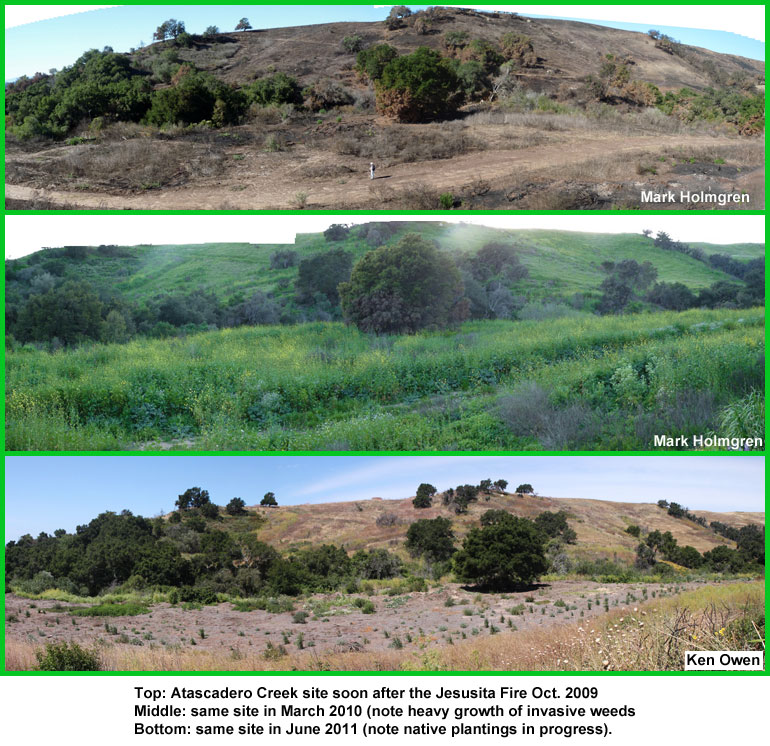
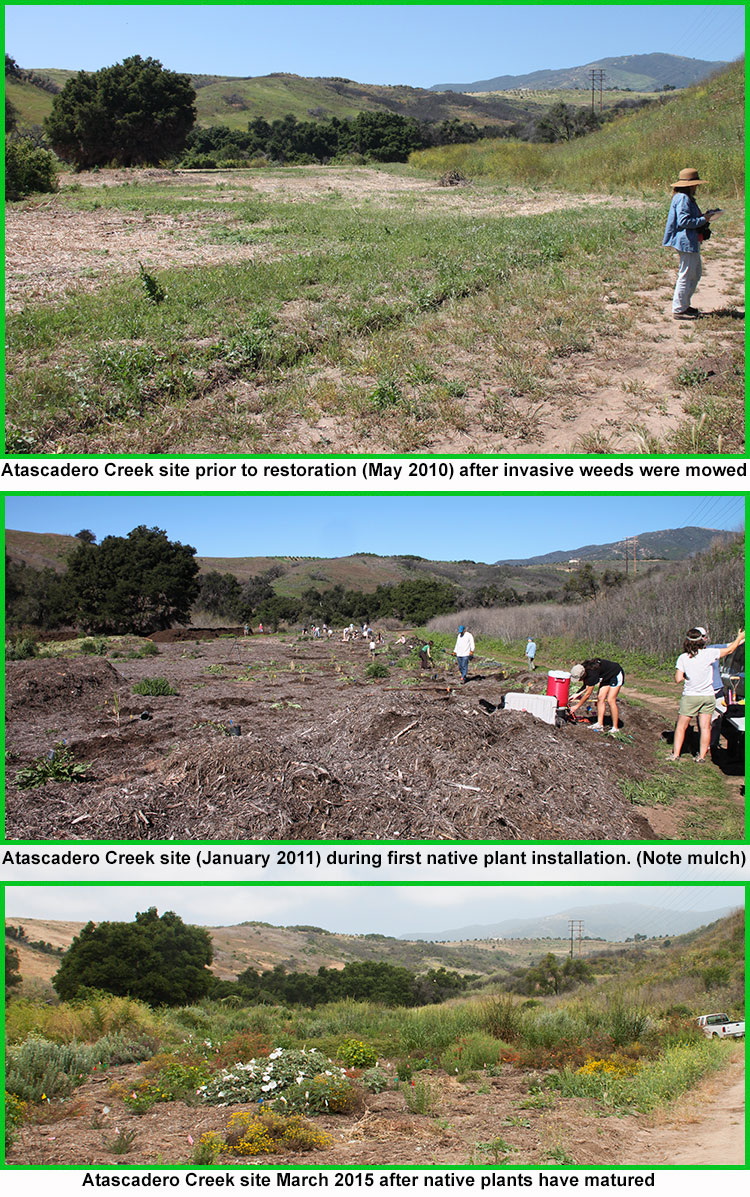
Since 2010, Channel Islands Restoration (CIR) in partnership with the San Marcos Foothills Coalition (SMFC) has restored habitat for native animals in several critical areas on the Preserve. Financial support for these projects came from the SMFC, the Goleta Valley Land Trust and outdoor retailers, REI and Patagonia.
These projects were designed to improve the native plant communities that support species such as burrowing owls, breeding grasshopper sparrows, breeding white-tailed kites, raptors, and other native animals.
Two of the larger projects were designed to increase biodiversity and ecological function on approximately three acres of burned riparian and coastal sage scrub habitat adjacent to Atascadero and Cieneguitas Creeks. Long-term grazing in these areas favored the growth of non-native and invasive plants, and the area was damaged by the Jesusita Fire in 2009.
Following the fire, both sites saw a marked increase in the presence of non-native invasive plants. CIR started by removing invasive plant species with the help of hundreds of volunteers, and and this was followed by the planting of more than 4,700 native plants grown from locally collected seed.
In addition to the creekside projects, CIR has been removing invasive plants along trails, particularly in native grassland areas and wetlands. We have also planted natives at the Preserves' Via Gaitero entrance.
As of this writing (August 2015) CIR has worked with a total 1,319 volunteers on the San Marcos Foothills Preserve!
At the Cieneguitas Creek site, CIR staff and volunteers installed a total of 1,760 native plants beginning in 2011. Since the initial planting, we have removed weeds from the site every year through 2015. Funding for this project was provided by the Goleta Valley Land Trust and by the San Marcos Foothills Coalition.
.jpg)
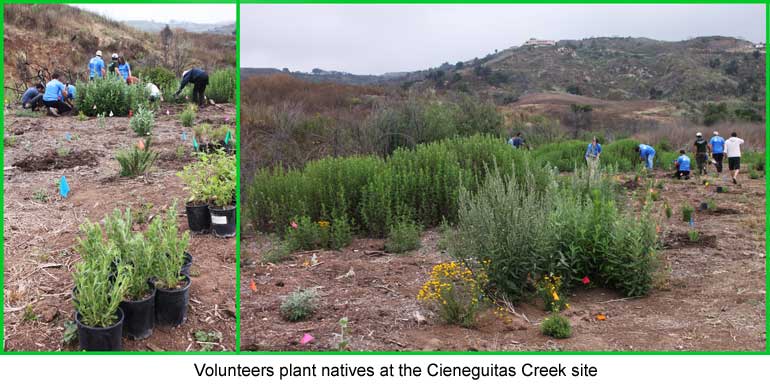
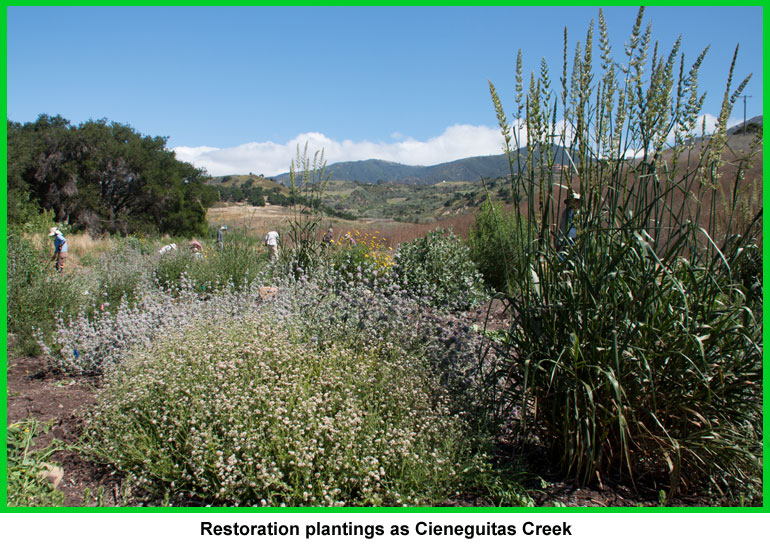
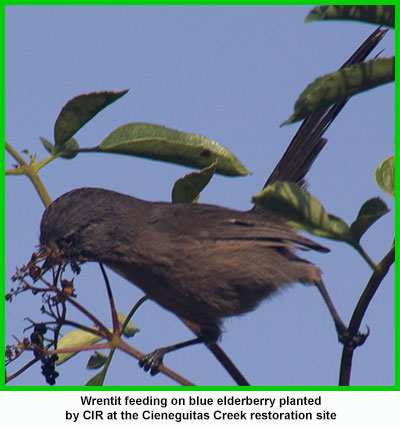
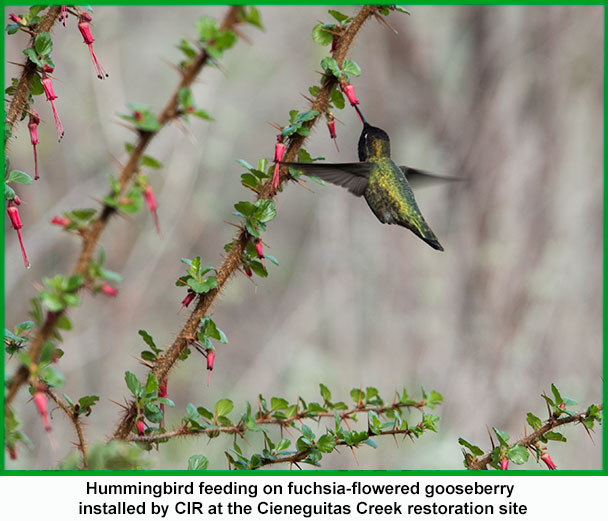
Visit our San Marcos Foothills Page:
www.sanmarcosfoothills.com
www.sanmarcosfoothills.com
CIR has worked under contract with the County of Santa Barbara to eradicate artichoke thistle
(Cynara cardunculus) and silver nightshade (Solanum
elaeagnifolium) on the San Marcos Foothills Preserve.
CIR has treated several large stands of Arundo donax on San Roque Creek
under contract with the County of Santa Barbara.
CIR has worked under contract with the Santa Barbara Botanic Gardens.
We have treated several key invasive around sensitive native plants in
the garden.
CIR is treating invasive (including Arundo donax) at the Hendric Ranch
Nature Area on the Santa Clara River. We are working in partnership with Coastal
Restoration Consultants.
CIR is working with ARCADIS US to restore habitat near McGrath State Beach in Oxnard. The project includes wetland creation and dune enhancement on two parcels
totaling nearly 30 acres. A major aspect of the project is protection of the Ventura marsh milk-vetch (Astragalus pycnostachyus var. lanosissimus), an
endangered species that grows on the North Shore site. The milk-vetch was thought to be extinct until a small population was found growing at the North Shore
site. CIR staff carefully removed invasive plants that are threatened the endangered milk-vetch.
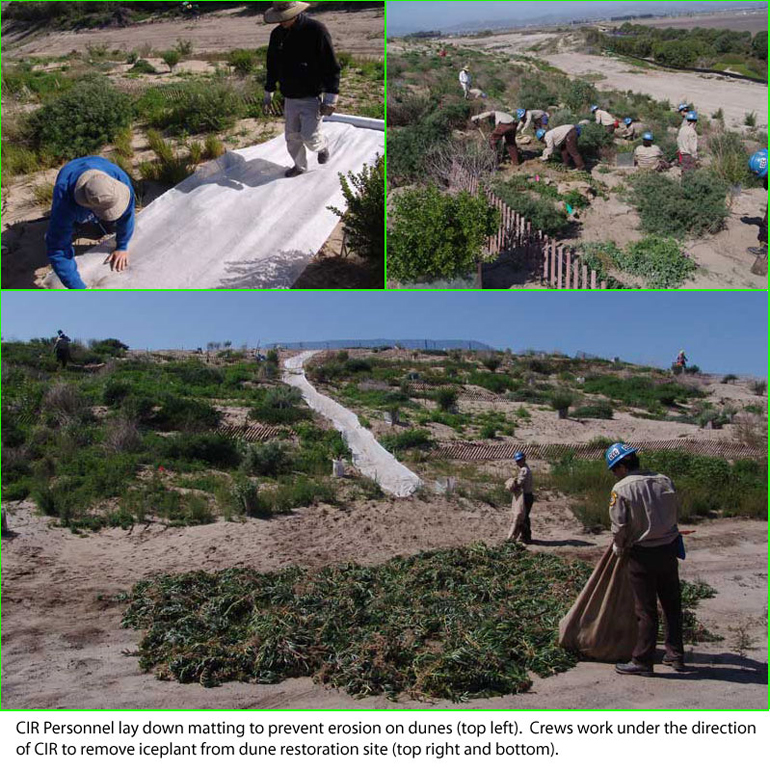
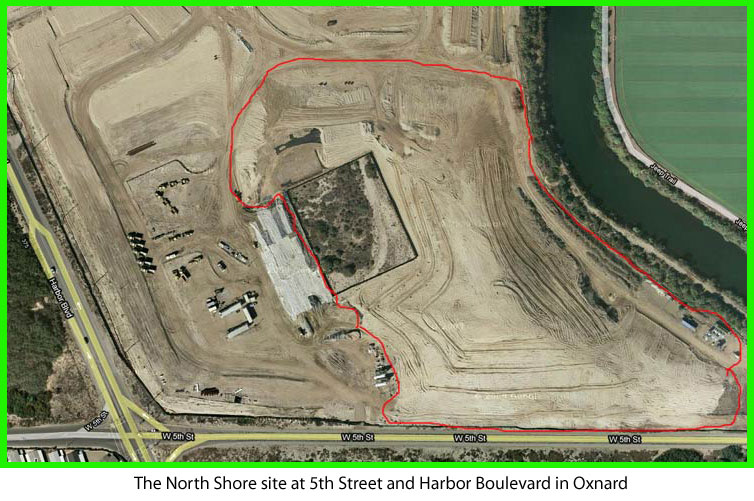
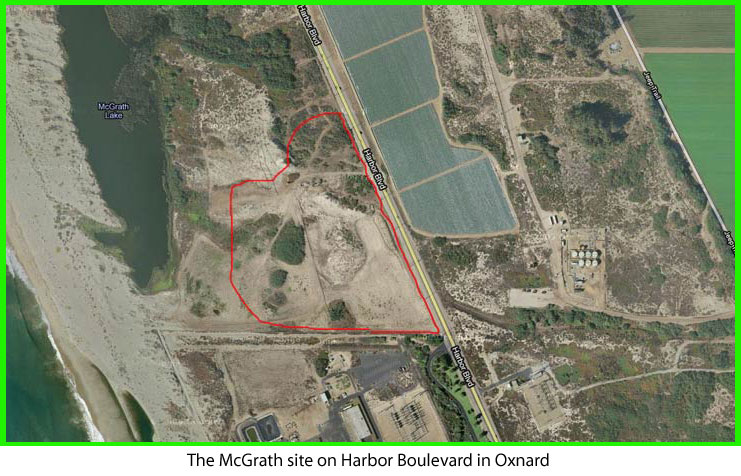
CIR has worked under contract with The Nature Conservancy to eradicate
Myoporum trees and iceplant at Ormond Beach in Oxnard.
CIR has partnered with Bio Resource Consultants to restore 3.25 acres of habitat, including
approximately 2 acres of giant reed (Arundo donax) and 1.25 acres of disturbed southern
willow scrub on the Santa Clara River near Santa Paula. The goal
of the project is to create and restore/enhance riparian habitat to
increase wildlife diversity, including creation and/or enhancement of southwestern
pond turtle habitat. This project is meant to mitigate impacts of
the City's new waste water treatment facility. Work began in
late spring of 2011.
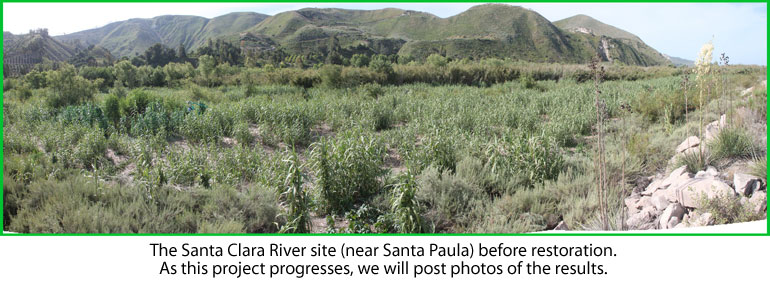
CIR has treated giant reed (Arundo donax) at three properties
on the Santa Clara River owned by the Nature Conservancy (TNC). We
continue to work on TNC property in partnership with Coastal Restoration
Consultants.
CIR worked with the Conejo Open Space Foundation to remove invasive plants in the Conejo Open Space.
CIR worked with ARCADIS US to restore portions of the Rice Ranch area in Orcutt.
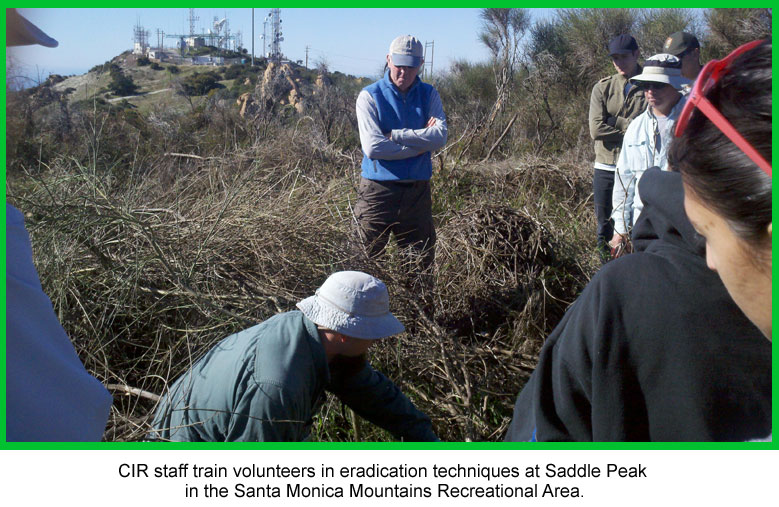
CIR
worked in close cooperation with the Santa Monica Mountains Trails
Council and the Santa Monica Mountains National Recreation Area to
eradicate Spanish broom (Spartium junceum) at Saddle Peak in
the National Park. CIR staff trained volunteers in eradication
techniques and helped supervise volunteers.
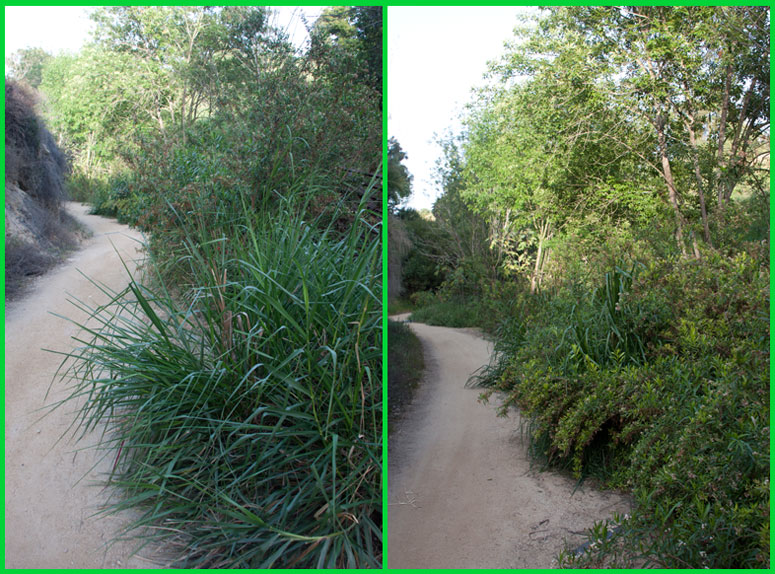
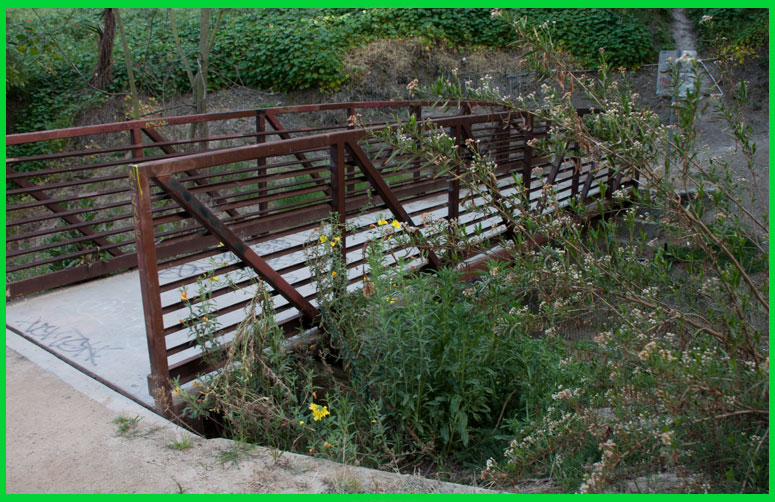
CIR is worked with several agencies to remove non-native vegetation and to plant natives at Peck Park Canyon in San Pedro as part of a larger project. Peck Park Canyon is a 31 acre corridor located within Peck Park. The project includes erosion and sediment control, flood control and water quality improvements through the infiltration of storm water. CIR’s work focuses on high priority locations in the canyon streambed.
